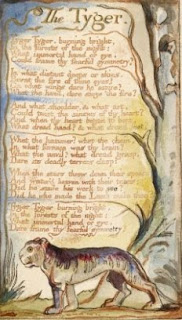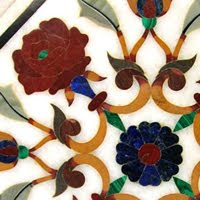 Music needs space to live and breathe. Last night, I was singing Messiah in the choir loft at First Church in Oberlin. This historic meeting house is a big rectangle; the choir is at one end, about two thirds of the way up to the ceiling. A lecture I heard cornettist Bruce Dickey give last week talked about his experience playing in Italian churches, often from the organ loft: the sound makes sense when it's played from up there, he said.
Music needs space to live and breathe. Last night, I was singing Messiah in the choir loft at First Church in Oberlin. This historic meeting house is a big rectangle; the choir is at one end, about two thirds of the way up to the ceiling. A lecture I heard cornettist Bruce Dickey give last week talked about his experience playing in Italian churches, often from the organ loft: the sound makes sense when it's played from up there, he said.This seemed true at First Church, too: the church gave back to us from that wonderfully mostly empty space in which the sound does its wonderful movements.
Too many concerts put the performers in only one place, I think. Last week I was in Trinity Cathedral in Cleveland for the Apollo's Fire Christmas concert -- they were performing a mostly Praetorius concert. Great variety, energy, and color in the music: but disappointingly, very little use of the space. I know it's hard to keep space-separated groups in sync, and precision is what you gain by keeping the performers on one stage. But for one final number, they spread out around this mid-size Gothic hall, and the music started to expand.
When the choir and instruments are together in one space, I as a listener am focused right there, intent on where they are and what they are doing together (at least, I try to be). When they use the space differently -- an offstage brass choir in Mahler; trumpets at the rear of the cathedral; cornetti in the organ loft -- I too have to open up as a listener, darting with ears and mind around the hall. The myth of focus -- which is of course an illusion, as you can't pay attention to all things at once, even when the performers are close together -- the myth is shattered, and for good effect.
I was playing Bach's Magnificat last week, too. The text comes from the gospel account of Mary's response to the incredible shattering of her life in the angel's announcement of her pregnancy. The hymn she sings is all about the changing of space that the birth meant for her and the world. "My soul doth magnify the Lord" -- magnificat: her soul and body have together become a space that "magnifies" -- resonates -- with God. Through this birth, the hierarchical spaces of power are going to be overthrown, since, in her prophecy, "He hath cast down the mighty from their thrones" -- Deposuit potentes. And again the spaces of the body itself: the womb, the stomach: "He hath filled the hungry with good things; and the rich he hath sent empty away." Bach sets that radical emptiness -- the Latin word is inanes -- by ending that part of the piece with a single, low pluck in the cellos; a pluck that resounds through the hall.
To end with, here's a link to an incredible example of music in space: horn player Willie Ruff playing Gregorian chant alone in St. Mark's in Venice.




















